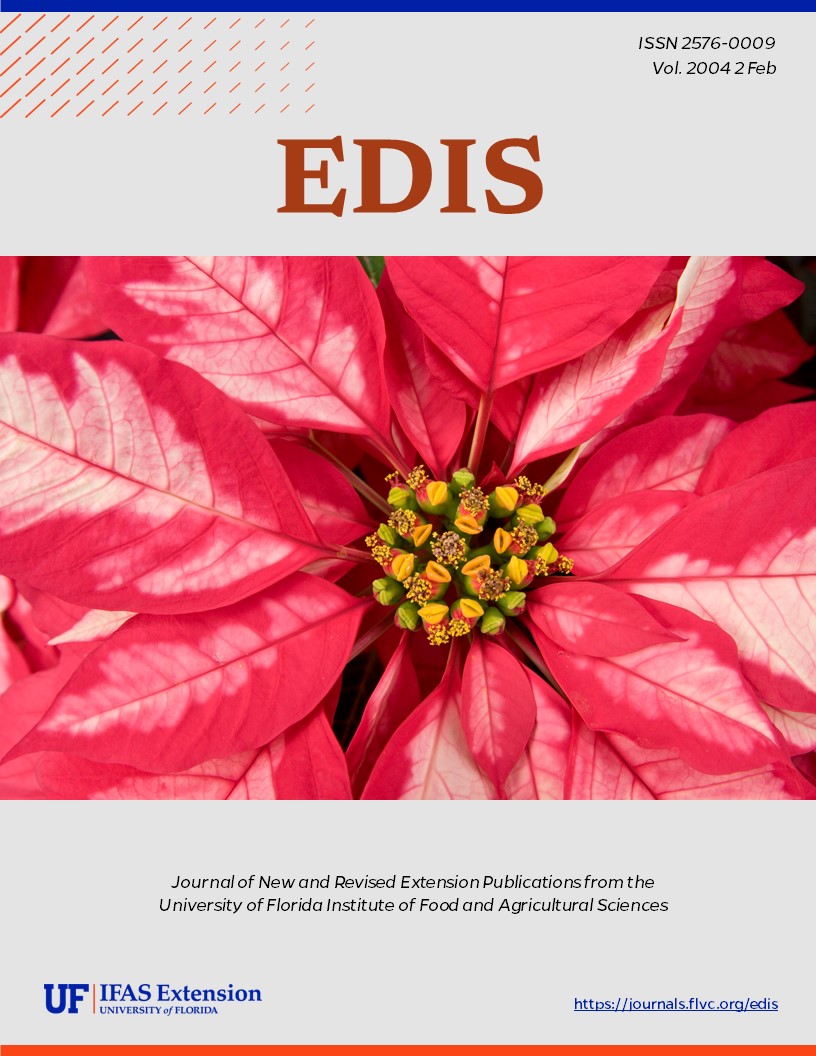Abstract
There is no more essential component for the poinsettia production system than water, yet it is often less intensively managed than other production inputs. Perhaps the tendency to overlook the importance of water occurs because its use is linked so closely to other components of production which are intensively managed. Water management is a critical consideration for many aspects of production such as fertility control, media selection, and disease and insect control. In addition, because water conservation and protection have become important issues to society as a whole, poinsettia producers must consider management practices which minimize the impact that production has on the environment and water resources. This paper will discuss the uses of water in poinsettia production, the advantages and disadvantages of the use of different irrigation
systems (management, maintenance, water conservation, and economics) available for poinsettia production, irrigation water requirements and scheduling, and plant and environmental water quality concerns. This is document SL-212, a publication of the Soil and Water Science Department, Florida Cooperative Extension Service, Institute of Food and Agricultural Sciences, University of Florida, Gainesville, FL. Published January 2004.
Unless otherwise specified, articles published in the EDIS journal after January 1, 2024 are licensed under a Creative Commons Attribution-NonCommercial-NoDerivs 4.0 International (CC BY-NC-ND 4.0) license.

